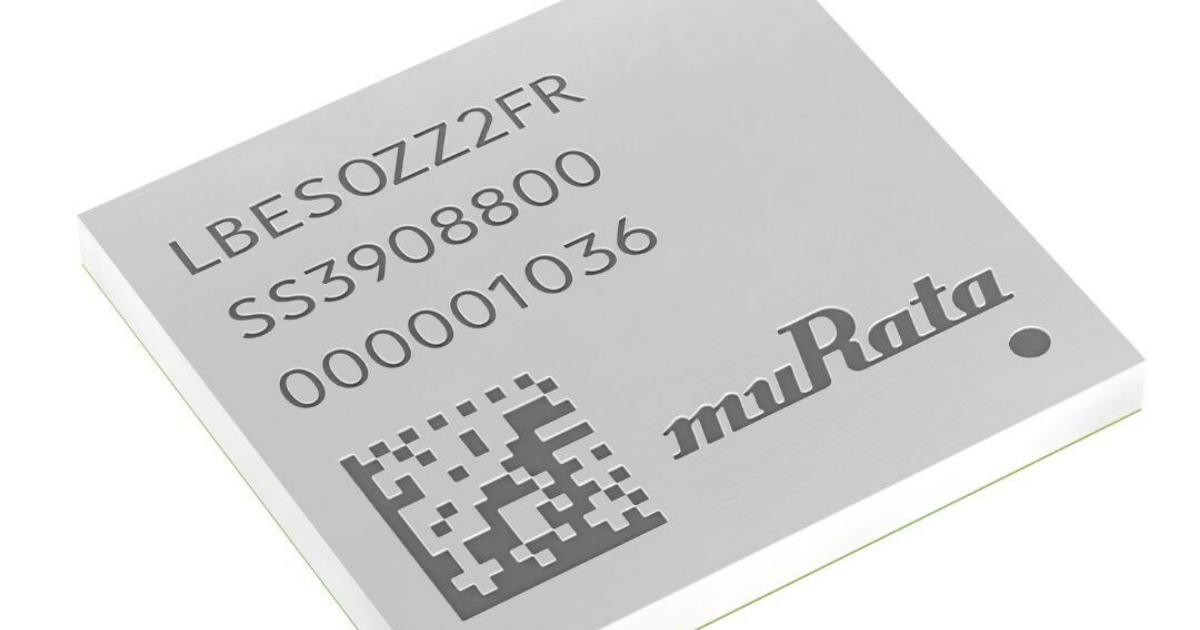
According to electronics innovator Murata, a society wholly permeated by IoT is “just around the corner” as things in our world become more and more connected. Technological ecosystems are expanding, and Murata intends on contributing to market advancements through “our global network, deep customer base, and technological development capabilities,” said Murata President Norio Nakajima.
That’s why Murata recently introduced its Type 2FR connectivity module, which is driven by NXP Semiconductor’s RW612 Wireless MCU.
According to the announcement, “its class-leading integration, efficiency, and tri-radio capabilities represent a breakthrough in IoT connectivity.” Murata’s target applications for this solution include enterprise and industrial automation, smart home appliances and other devices, and smart energy solutions.
The Type 2FR supports various communication protocols; Wi-Fi 6, Bluetooth LE 5.3, 802.15.4, and ethernet. It’s also primed for Matter, enabling compatibility with Matter over Wi-Fi, Matter over Thread, and Matter over Ethernet, thus simplifying device interoperability and lifecycle management.
Additional details about the Type 2FR include:
- Built-in 260 MHz Arm Cortex -M33 core
- Fortified by NXP EdgeLock security technology
- Can operate in co-processor mode, offering flexibility
- 12 MB of RAM and 16 MB of flash memory
Overall, Murata’s strong mass market portfolio of wireless module solutions (many based on NXP’s ICs) continues “to demonstrate solutions that reduce design time and risks for IoT developers while simultaneously enabling complete systems in modules,” said Larry Olivas, VP and GM for Wireless Connectivity Solutions at NXP.
Mehul Udani, Murata Vice President of Corporate Technology and Innovations for Murata Americas, agrees with NXP.
“Murata's commitment to innovation and collaboration is evidenced in this miniaturized, high-performance, highly integrated module,” Udani stated. “By leveraging our proprietary technology and NXP's latest tri-radio Wireless MCU, we have delivered a robust solution that is approximately 50% smaller compared to discrete implementation. Further, the Wi-Fi and ethernet capability allows the IoT device to function as a border router to enable other new applications."
More information may be requested from Murata’s team here.
Edited by
Greg Tavarez





